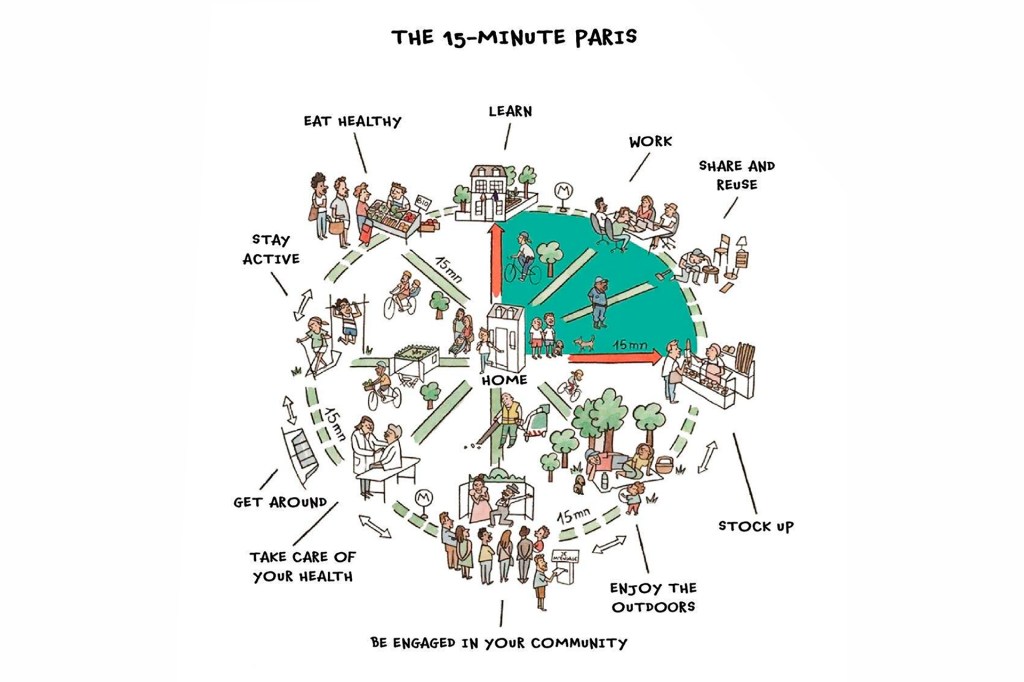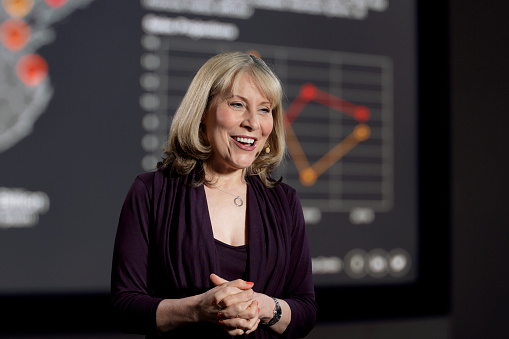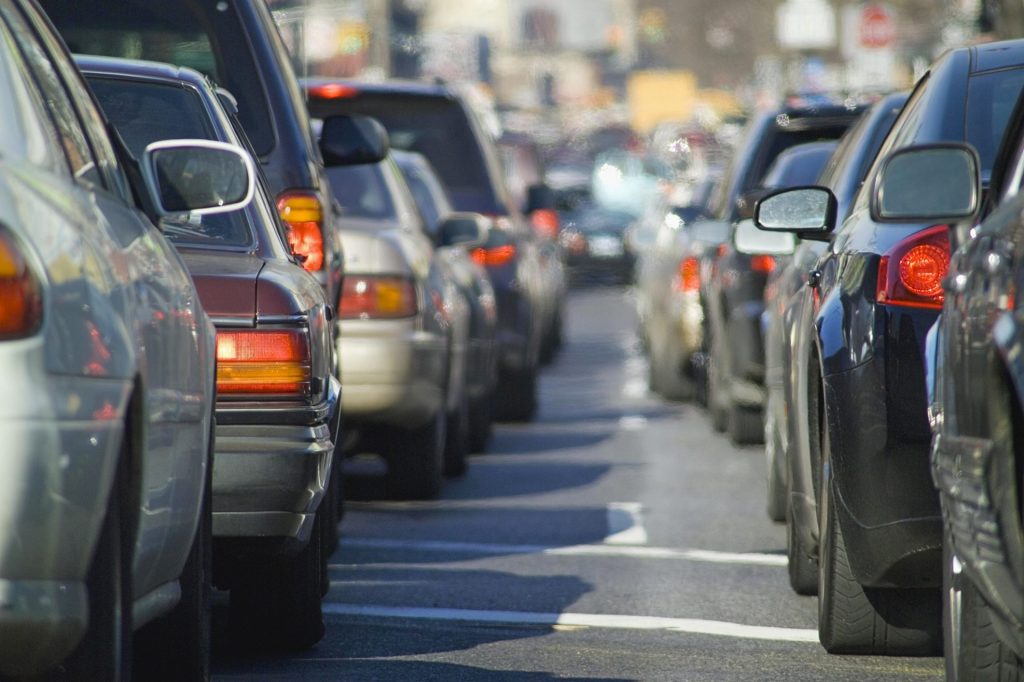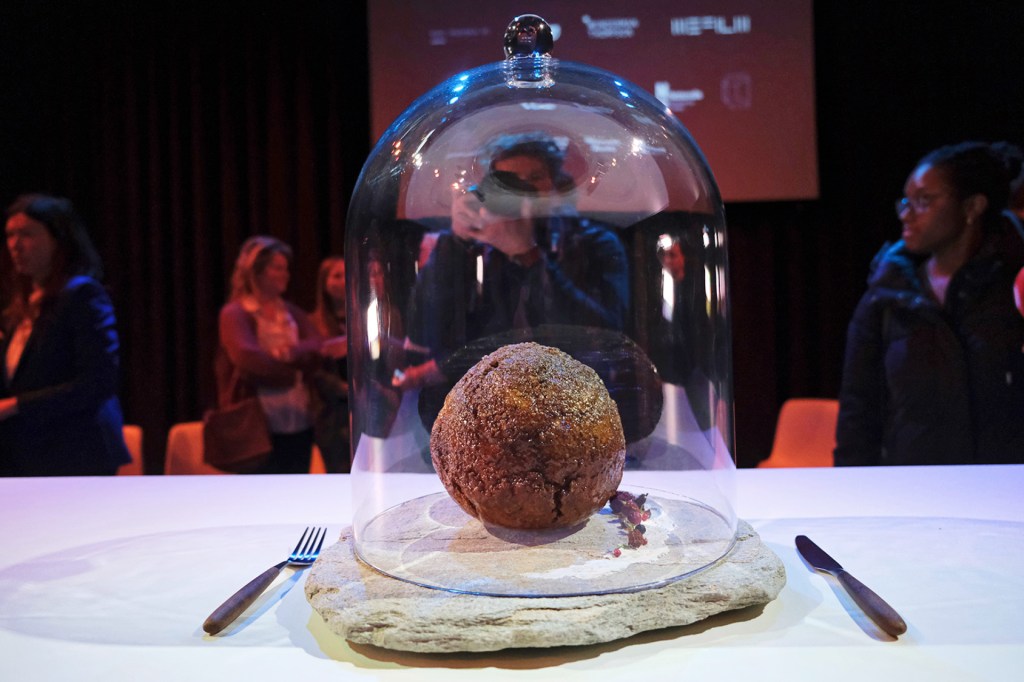Reimagining Cities

Imagine having everything you need—health centers, grocery stores, parks—just a few steps from home. It could make you healthier and build stronger bonds between you and your neighbors.
This is the idea behind the 15-minute city. Here, people can get all the services they need within 15 minutes of home, on foot or by bike. This urban model is being developed in cities around the world, from Paris, France, to Portland, Oregon.
Carlos Moreno is a scientific director at France’s IAE Paris Sorbonne Business School. He’s also a key theorist
theorist
 NICK DAVID—GETTY IMAGES
a person who forms theories, or ideas
(noun)
The political theorist publicized her views at a conference.
behind the 15-minute-city plan for Paris. “My vision is to propose a livable city that increases the quality of life,” Moreno told TIME for Kids.
NICK DAVID—GETTY IMAGES
a person who forms theories, or ideas
(noun)
The political theorist publicized her views at a conference.
behind the 15-minute-city plan for Paris. “My vision is to propose a livable city that increases the quality of life,” Moreno told TIME for Kids.
Healthier Living
Moreno has been a champion of 15-minute cities for years. They were inspired by the need to fight climate change. In a 15-minute city, car travel is not a priority. The focus is on building more sidewalks and bike lanes. Moreno says walking or biking across the city “is a good way to radically reduce co₂ emissions.”
Anne Hidalgo is Paris’s mayor. She plans to develop 15-minute communities throughout the French capital. In part, that means removing 60,000 parking spaces by 2024, and creating bike lanes on every one of the city’s streets.
This type of design does more than benefit the planet. It promotes a healthier way of life. Joe Zehnder is chief planner for the city of Portland, Oregon. He’s developing “20-minute neighborhoods.” Having grocery stores close to home gives people “better access to healthy foods,” Zehnder says, and “the ability to make healthier choices.”
Welcome Home
Zehnder has another important goal as he builds 20-minute neighborhoods in Portland. He wants to make these places inclusive
inclusive
 HUNTSTOCK/GETTY IMAGES
open to everyone
(adjective)
In order to be an inclusive business, the bakery installed a wheelchair ramp.
.
HUNTSTOCK/GETTY IMAGES
open to everyone
(adjective)
In order to be an inclusive business, the bakery installed a wheelchair ramp.
.
As a neighborhood becomes more convenient, housing costs can increase. This leaves a lot of people out. Zehnder says his approach is “to try to create more housing of more types, so that households in different economic situations have an opportunity to live there.”
Moreno is focused on inclusion too. He says the “new economic and social model” should be to create places that people of all backgrounds can call home.












